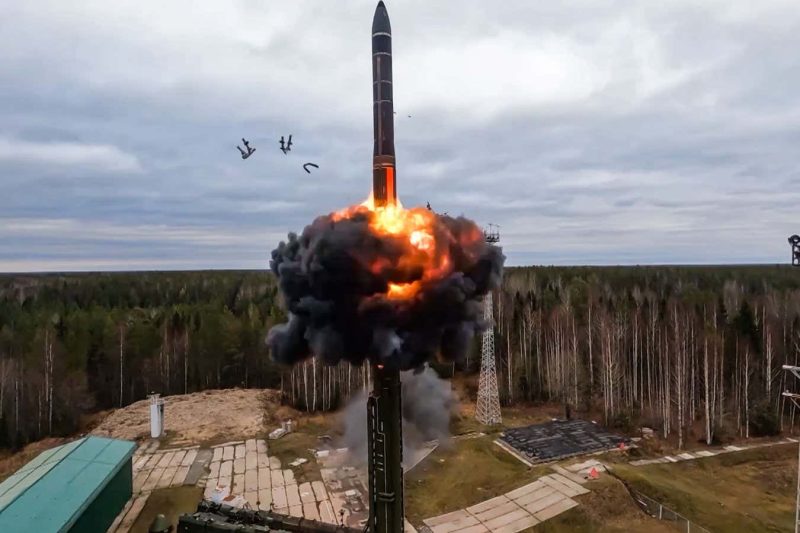Introduction
In the midst of growing international tensions, the discussion about whether nuclear weapons testing should resume has gained prominence. This debate has been fueled by reports of Russia and other nuclear-armed powers updating their long-disused weapon test sites in preparation for potential future testing. Russian lawmakers have even voted to begin the process of rolling back a treaty that banned nuclear tests. The question now arises: Are we on the verge of witnessing the return of the most destructive weapons in the world?
The Complex Patchwork of Nuclear Test Bans
The international moratorium against nuclear testing is built upon a complex network of treaties. The Limited Test Ban Treaty, signed by the UK, US, and Soviet Union in 1963, prohibited testing of these weapons in the atmosphere, underwater, or in outer space, but allowed for underground trials. In 1996, the Comprehensive Nuclear-Test-Ban Treaty (CTBT) theoretically put a stop to underground testing as well.
However, the CTBT remains unfinished. While 178 states have ratified it, the treaty requires action from eight more nations to officially come into force. Currently, China, Egypt, Iran, Israel, and the US have signed but not ratified the agreement, while India, Pakistan, and North Korea never signed it.
Despite these challenges, nuclear test bans have proven effective. More than 2000 tests took place between the first US detonation in 1945 and the drafting of the CTBT. Since then, only India, Pakistan, and North Korea have tested nuclear weapons, with North Korea being the sole nation to have conducted tests in the 21st century.
Changing Perspectives on Testing
The invasion of Ukraine by Russia and the ongoing war has potentially altered Russia’s stance on nuclear testing. Although Russia ratified the CTBT in 2000, recent developments indicate a willingness to revoke ratification and potentially resume testing. Russian lawmakers have voiced concerns over the US’s failure to ratify the treaty and its perceived “irresponsible attitude to global security issues.”
Moreover, Russia has conducted tests of new nuclear delivery systems, albeit without live nuclear warheads. There have also been influential voices within the country calling for a resumption of nuclear tests.
While Russian actions are concerning, it is important to note that all three major nuclear powers, including China and the US, appear to be preparing for potential tests. Expansion and modernization work have taken place at their respective test sites. Experts suggest that there are indications pointing to a possible resumption of nuclear testing by these nations.
The Case Against Testing
Despite the increased political rhetoric surrounding nuclear weapons, there are arguments against resuming testing. Andrew Futter, an expert from the University of Leicester, argues that there is no logical justification for testing a bomb. He asserts that testing is most useful in the early stages of a state’s nuclear program and becomes less necessary over time as designs are proven and data is collected. With the advancements in computer simulations, most nuclear-armed states can predict the outcomes of new designs without conducting tests.
However, Futter acknowledges that logical reasoning might not necessarily align with political reality. The decision on whether to resume testing could be influenced by various factors, including political rhetoric and the volatile nature of international relations.
Conclusion
The possibility of nuclear weapons testing resuming amid growing international tensions raises significant concerns. The complex web of nuclear test ban treaties, the changing perspectives of nuclear-armed powers, and the arguments against testing all contribute to the complexity of this issue. It is essential for the international community to navigate this challenge and strive for global peace and disarmament.








